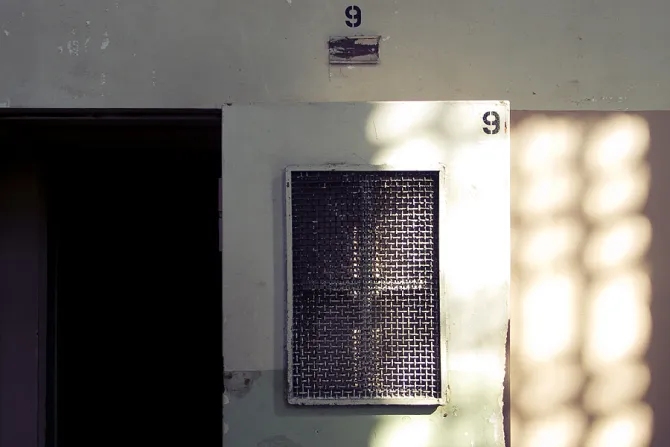Some prisoners remain in solitary confinement for weeks, years, or even decades. Members of the "Angola Three," three prisoners who were placed in solitary confinement in the Louisiana State Penitentiary in 1972 after the murder of a prison guard, spent anywhere from 29 to 43 years in solitary confinement.
This long-term isolation can prove devastating to a person's health and sanity.
St. Thomas Aquinas emphasized the "social nature of the human person" in his writings, Granado said. "And when you deprive a person of that sensory experience, that human touch, the human experiences, what happens in solitary confinement … you do really see an adverse impact on persons," he added.
Numerous accounts of prisoners in solitary confinement reveal they suffered severe psychological problems and the deterioration of mental capacities as a result of prolonged isolation and monotony.
New York City's former police commissioner Bernard Kerik served time in federal prison for tax fraud and false statements. He spent 60 days in solitary confinement in a 12-foot by 8-foot cell. He was let out three times per week to shower, and was allowed one 15-minute phone call per month.
During his time in solitary, Kerik said he began hallucinating and talking to himself. "You'll do anything – anything – to get out of that cell. Anything," he said at a Heritage Foundation event on prison reform last May. "You'll say anything, you'll do anything, you'll admit to anything."
Shane Bauer, a journalist who was imprisoned in Iran for 26 months from 2009-11 after he and two others crossed the Iran border while hiking in Iraqi Kurdistan, spent four of those months in solitary confinement.
In a 2012 piece for Mother Jones magazine, he wrote that "no part of my experience – not the uncertainty of when I would be free again, not the tortured screams of other prisoners – was worse than the four months I spent in solitary confinement."
He actually hoped to be interrogated, he recalled, just to have someone else to talk to.
Bauer's visit to a "special housing unit" at California's Pelican Bay State Prison actually reminded him of his confinement in Iran, he wrote. At least he had windows – the cell he was visiting did not. He was allowed a 15-minute phone call during his 26-month stint, but the California prisoners were allowed none.
What are some devastating effects of solitary confinement? "The one you hear most often is just hopelessness," Maurice Chammah of the Marshall Project, who has written about criminal justice issues like solitary confinement, noted.
(Story continues below)
Subscribe to our daily newsletter
"I've spoken to people who have been in solitary confinement and they, almost across the board, describe this sense of utter hopelessness that makes it harder for them to kind of climb out of their feelings and find a kind of way forward," he said. "A lot of times, the suicides actually happen when people are still in solitary confinement."
In his 2011 testimony before the California Assembly's Public Safety Committee, Dr. Craig Haney described the plight of inmates in California's cells of long-term solitary confinement, saying that "prisoners in these units complain of chronic and overwhelming feelings of sadness, hopelessness, and depression."
Dr. Stuart Grassian, a psychiatrist who served on the faculty at Harvard Medical School over 25 years, wrote back in 1993 about the harm of solitary confinement, saying it "can cause severe psychiatric harm" and explaining that it produces a steady decomposition of the mental faculties.
The state of an individual placed in a situation of isolation and monotony can soon become a sort of mental "fog," he wrote. Then the person becomes oversensitive to things like light and noise. The mind descends into an "inability to focus" and then a sort of "tunnel vision," an excessive focus often on some negative thought.
"I have examined countless individuals in solitary confinement who have become obsessively preoccupied with some minor, almost imperceptible bodily sensation, a sensation which grows over time into a worry, and finally into an all-consuming, life-threatening illness," he wrote.
Sleep patterns are disrupted as well, resulting in lethargy during the day and sleeplessness at night.




